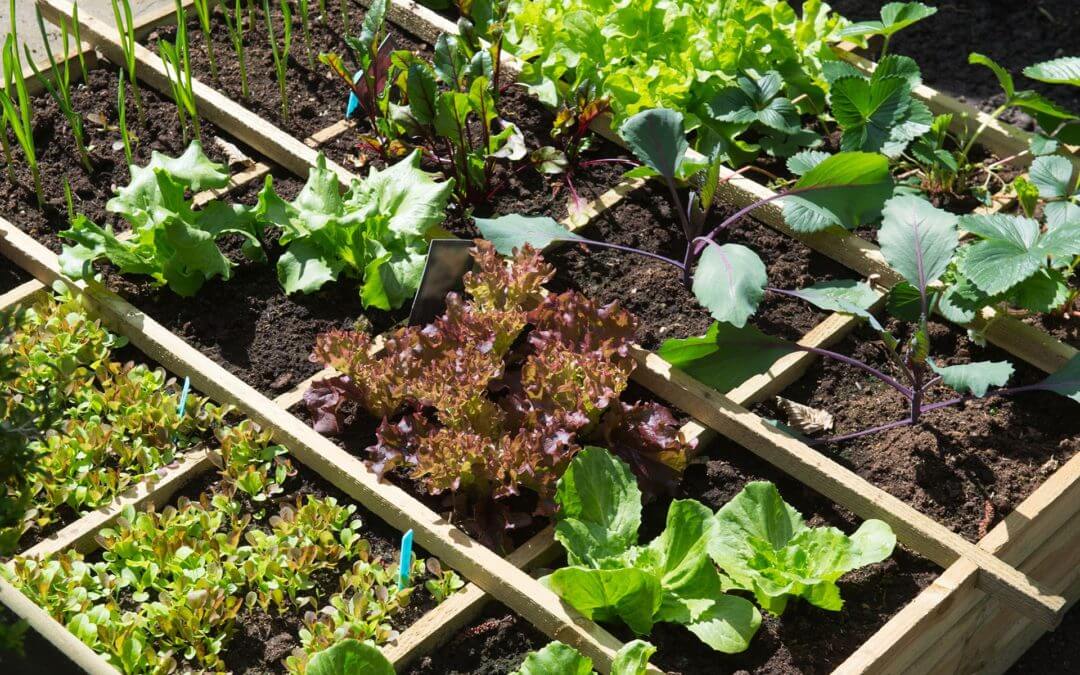These younger gardening households are interested in using apps and websites to figure out what to plant and when. That can be tricky, though, because you need to know your USDA zone. Provo, for example, ranges from Zone 5b to 7a. Once you’ve got your zone figured out, it’s time to decide what to plant and when.
It’s too late (until later)
Hardy (aka cold weather) crops do best when they’re planted early in the spring, well before the last frost. Those crops include beets, artichokes, radishes, broccoli, onions, spinach, peas, and turnips. They germinate in the cold soil, thrive, and are ready for harvest by late spring or early summer. So it’s too late if you haven’t already put those in the ground.
However, you can still plant them later in the summer for a fall harvest. According to Utah State University Extension, you can plant or re-plant several of the hardy crops. Most of these can be sowed directly in the soil (think peas), though others (like lettuce and spinach) should be started inside and planted as seedlings. Here are some suggested late planting dates:
- Beets: July 1-Aug. 1
- Cabbage: May 1-July 15
- Lettuce: June 1-Aug. 1
- Spinach: July 1-Aug. 15
- Onions: Aug. 1-Aug. 10
- Turnips: July 1-Aug. 1
Consider days to harvest
When you’re planning what to plant, it’s essential to consider the days to harvest so that you’ll have a crop to pick before frost takes the garden in the fall. Tender plants—like tomatoes, cucumbers, watermelon, corn, squash—can’t be planted until after the threat of the last frost.
But many of those plants have long days-to-harvest times. Even varieties of the same vegetables have different harvest times. For example, bush beans are usually ready to harvest within 50 to 55 days. Pole beans, though, aren’t ready for 55 to 65 days. Other vegetables have even greater differences in days to harvest.
The differences are even more significant in tomatoes. Early variety tomatoes like Early Girl are ready in 60 days or less. Mid-season varieties like Fantastic are ripe in 70 to 80 days. The late-season plants, including Brandywine, can take more than 80 days before they’re ready to harvest.
Think twice about perennials
Perennial plants are a great way to have the same harvest year after year. However, these plants will spread. Strawberries and many herb varieties will take over an entire garden area if you’re not careful. In our community gardens around Provo, we’ve had to designate communal plots with perennials because previously planted perennials became invasive. So if you’re interested in perennial fruits, vegetables or herbs, designate an ample space or contain them in pots so they can’t take over your garden or whole yard.
Are you ready to join the millions of Americans who plant and harvest their own food every summer? Now is the time to plan what to plant now and later in the season, consider the days to harvest and think about the right place to plant perennials. If you don’t have space for your own garden, we still have spots available to rent ($25 for the whole season) in our community gardens around Provo. Please email Maria for an application and more information.

